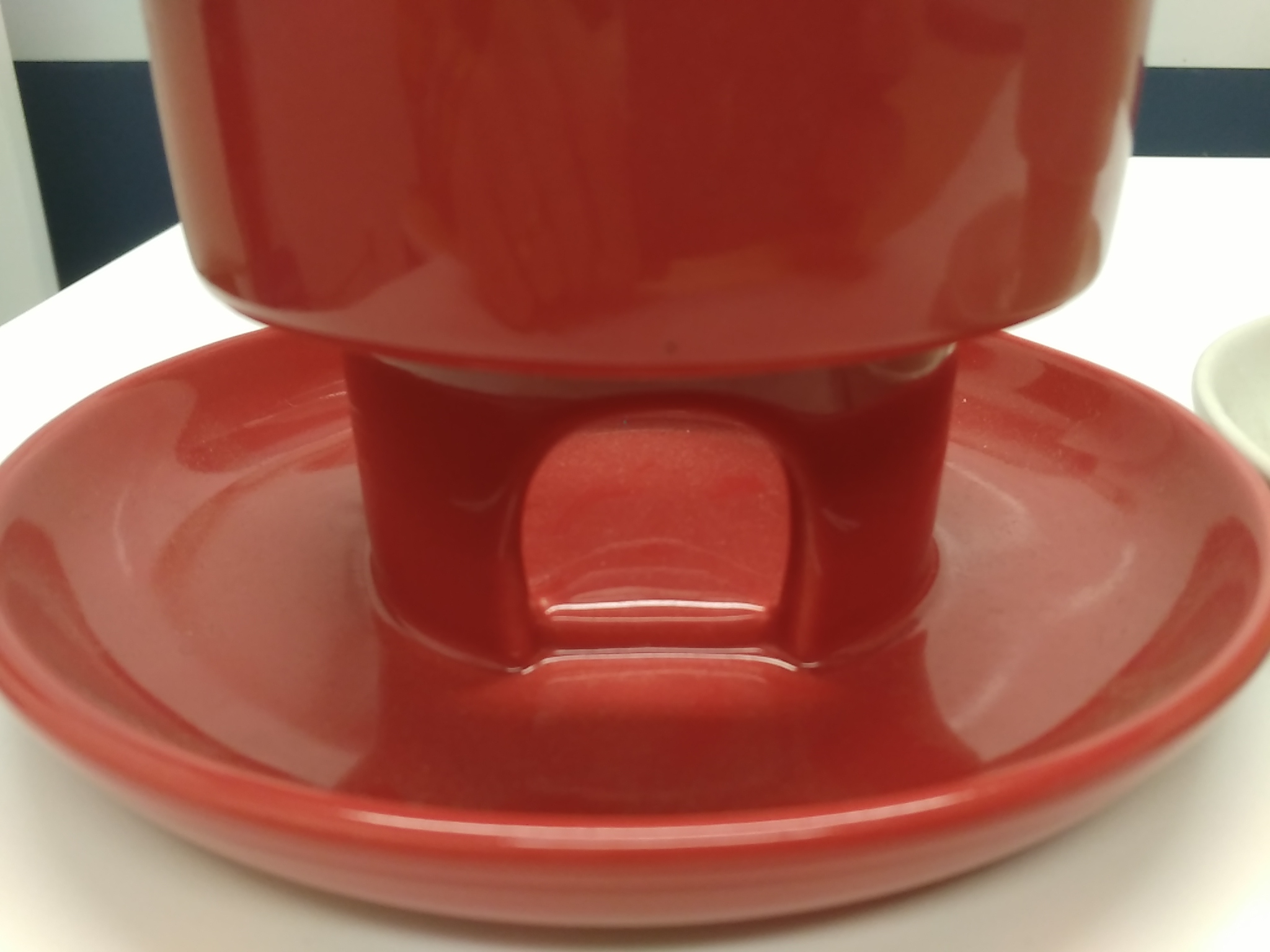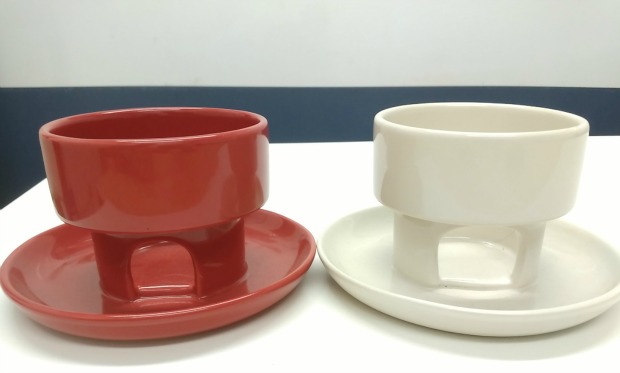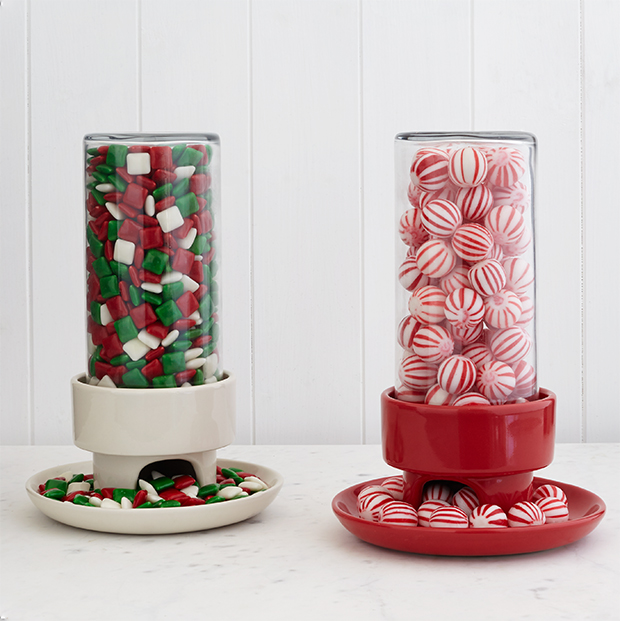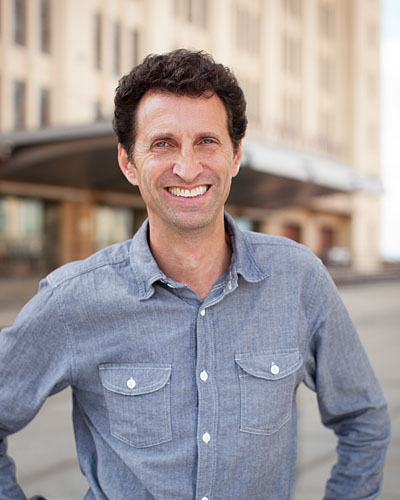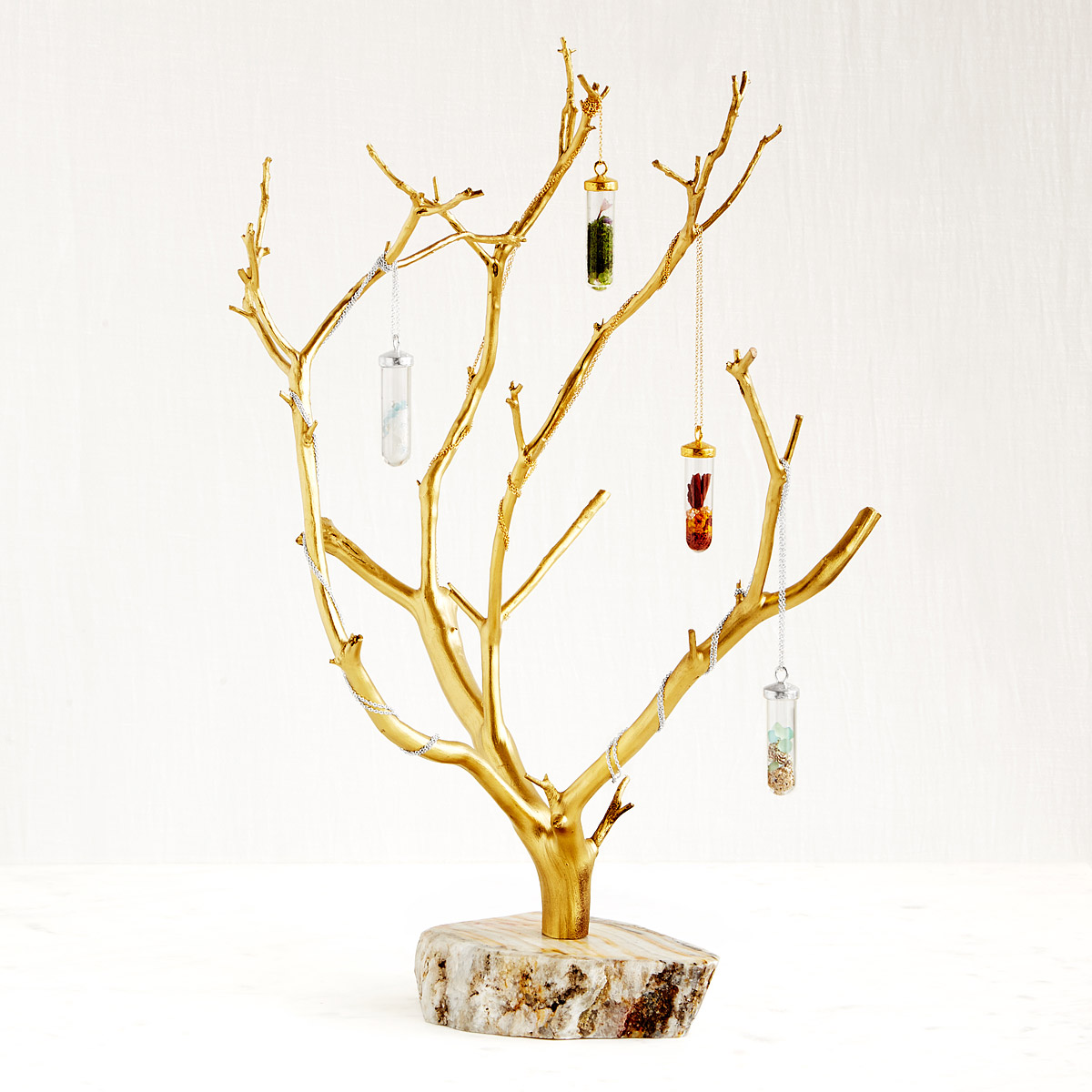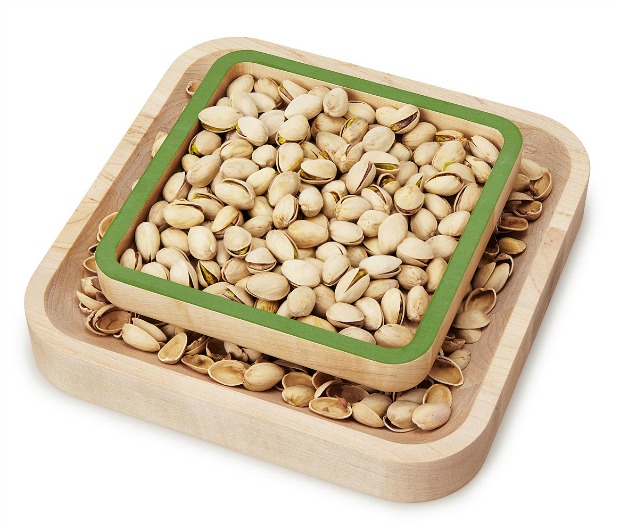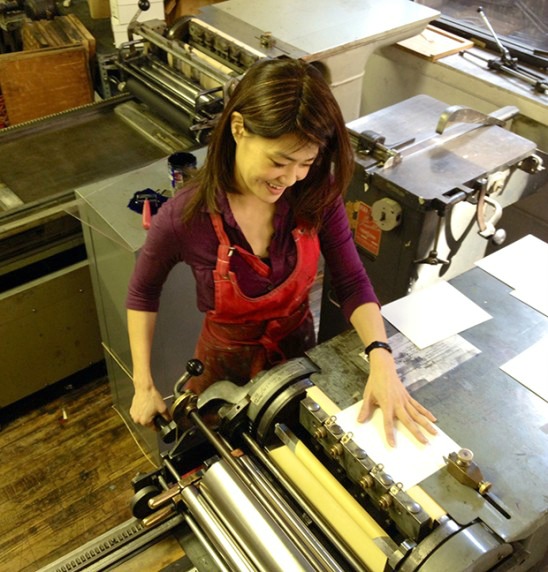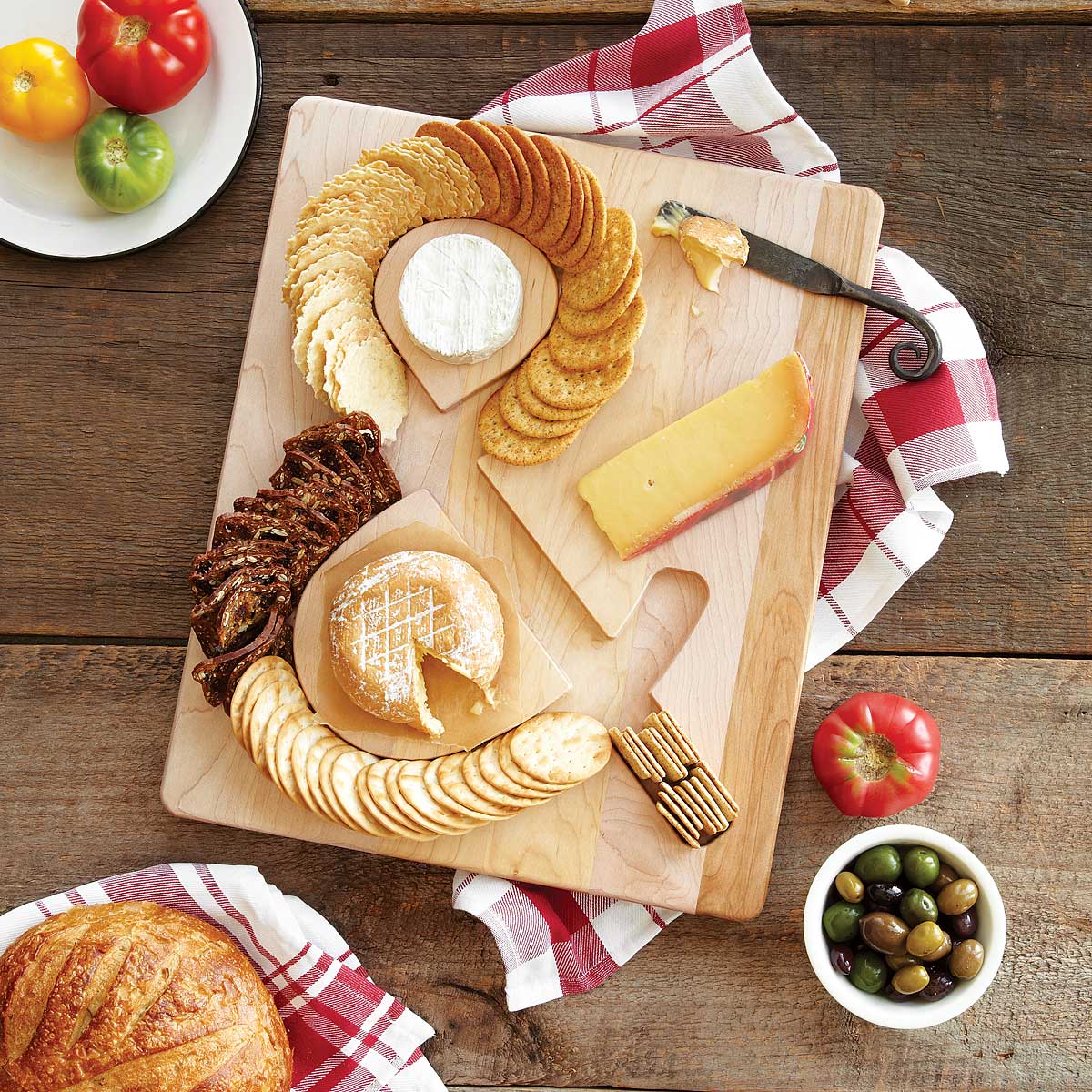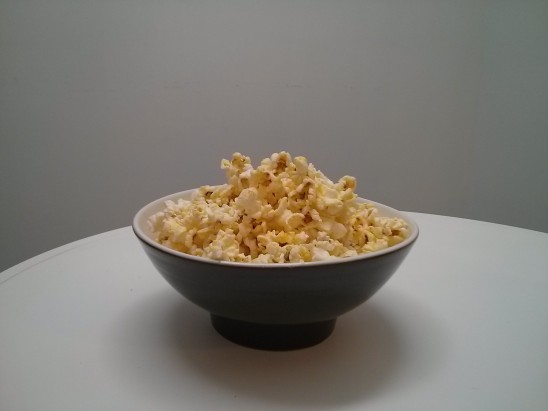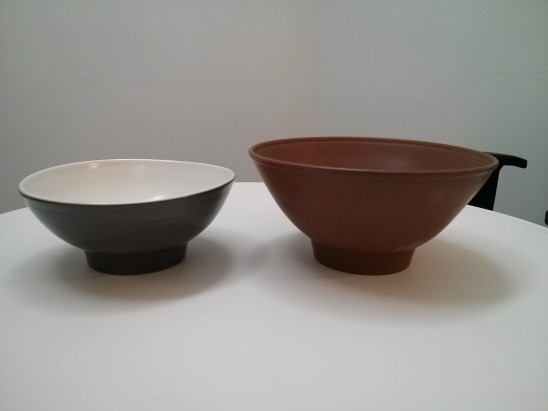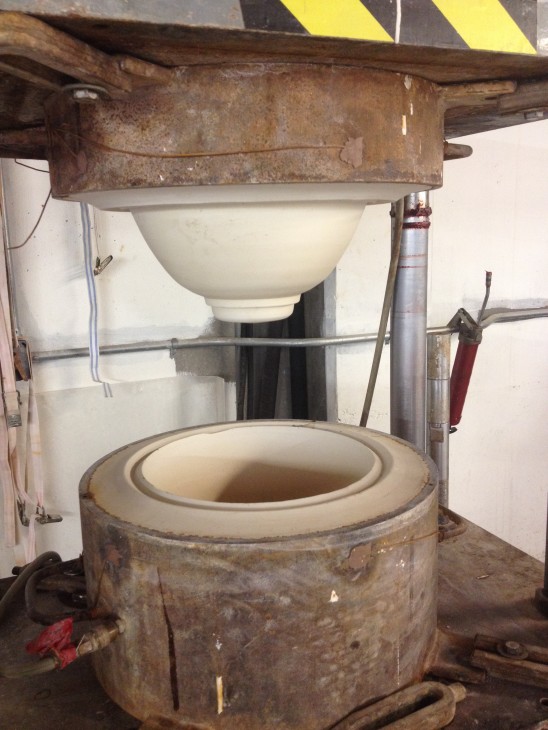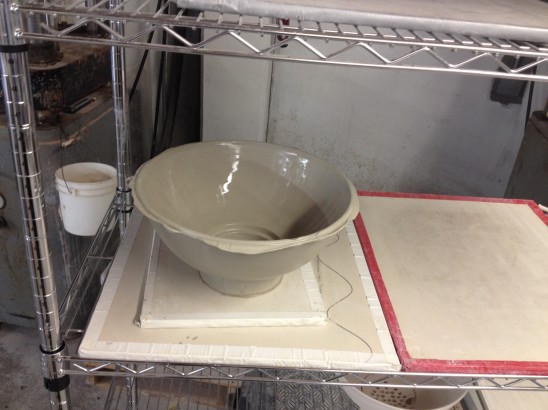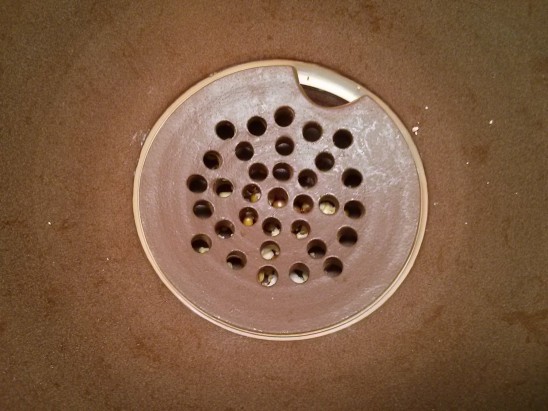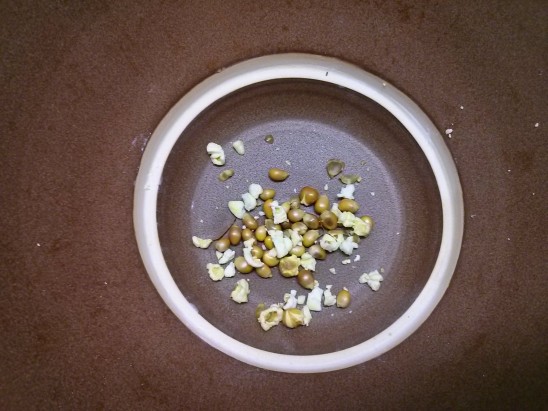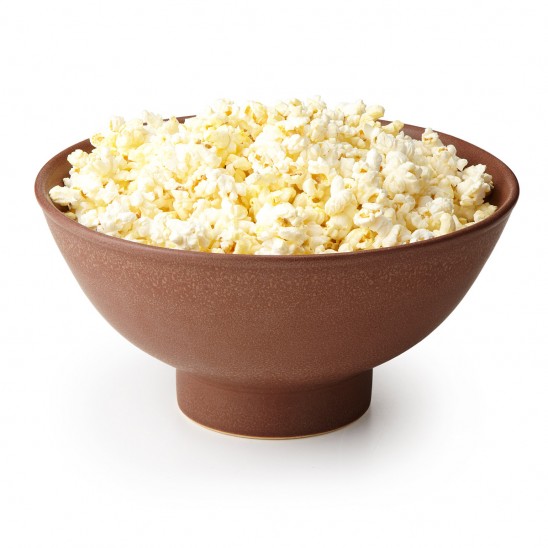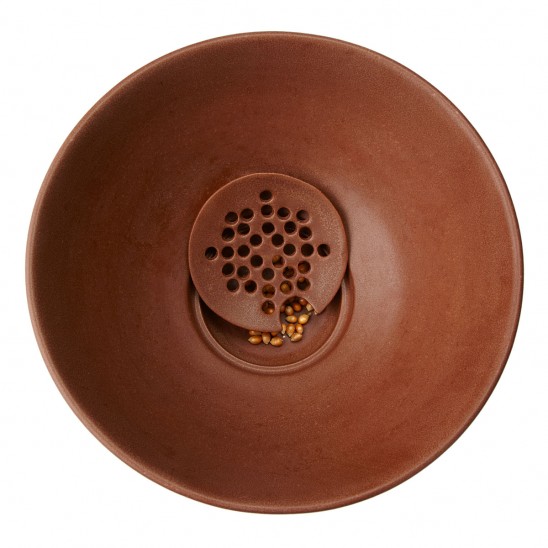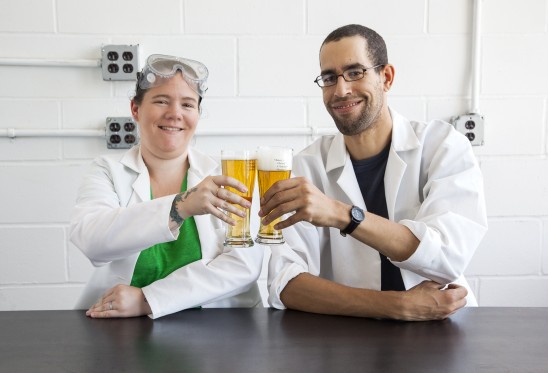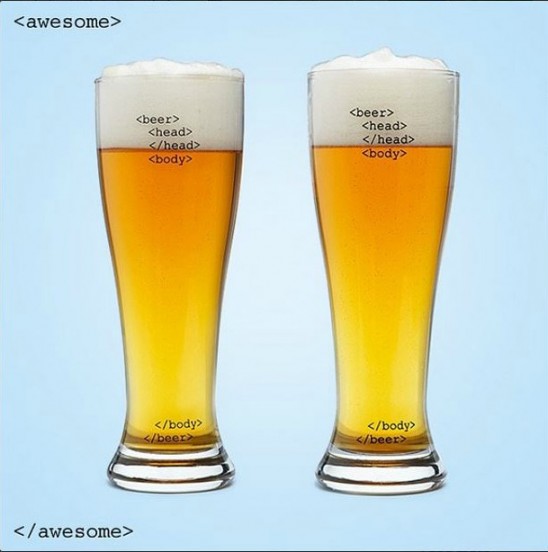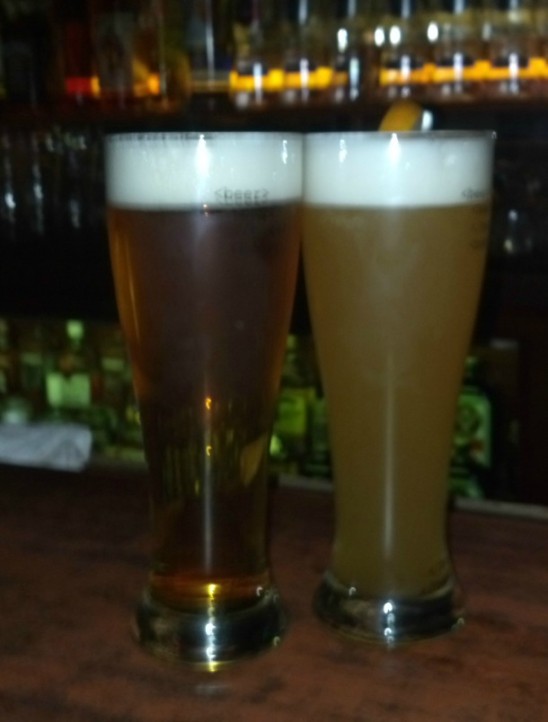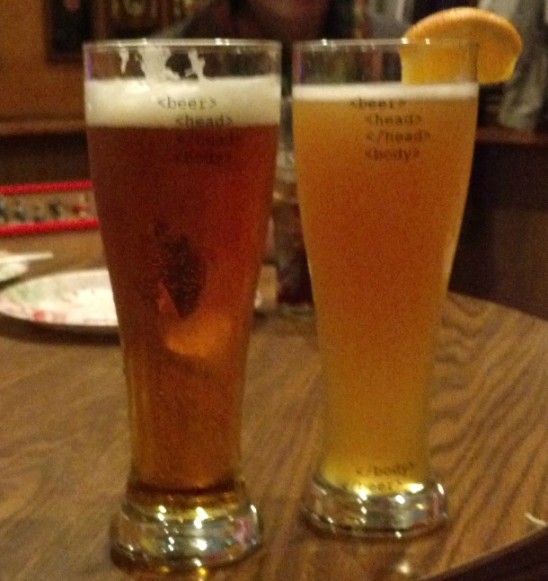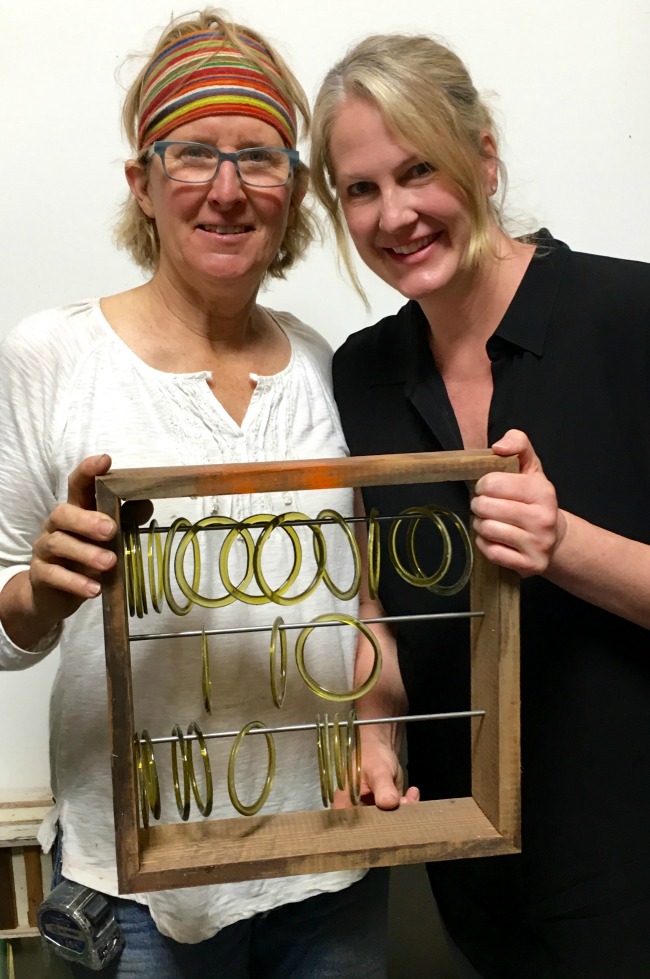
Margaret Taylor and Kathleen Plate with an early version of our new “It’s a Date” Wine Bottle Glass Calendar
One of the joys of working at UncommonGoods is collaborating with talented and skillful artists to create original creative designs. Our Product Development team recently teamed up with longtime UncommonGoods artists Kathleen Plate and Margaret Taylor to invent a new and exclusive work of functional art: our new “It’s a Date” Wine Bottle Glass Calendar; a sculptural glass and wood calendar made from recycled materials.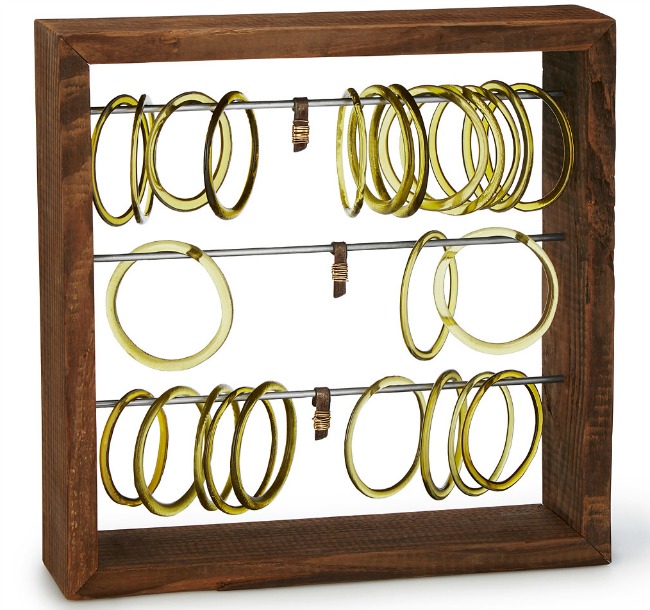
“Kathleen had the idea to create a glass calendar that would be a piece of art,” says Assistant Production Manager Rebekah Krikke. “She originally saw it as wall art, but we thought it would be good to design it so that it could go on the wall or on a desk, shelf, or table. We worked through the design with her using insights that we have from other products to create something that we thought our customers would like–a beautiful and fun interactive art object-meets-home décor item.”

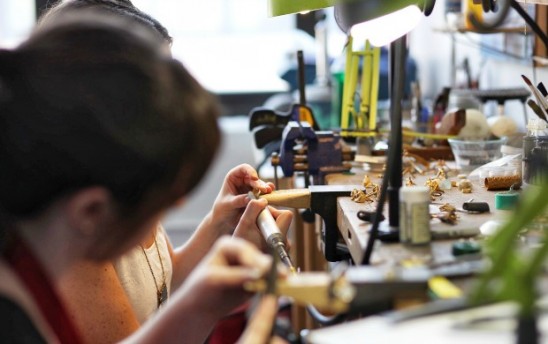
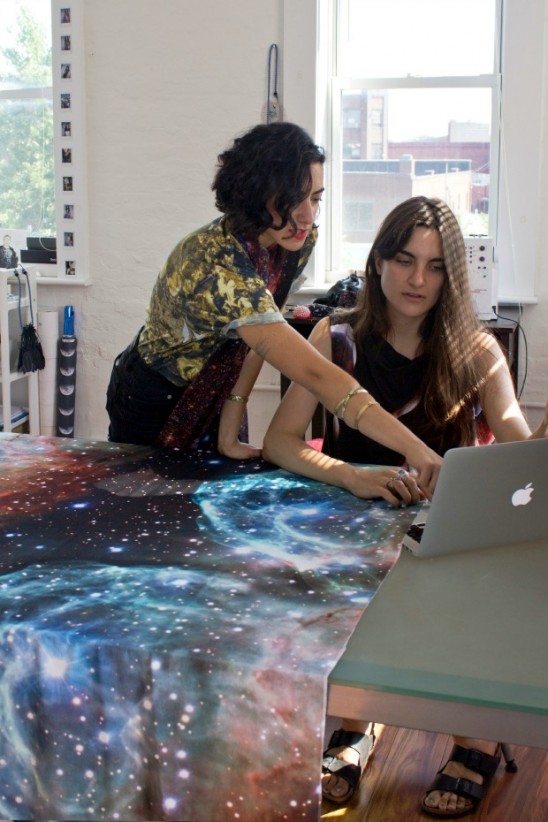
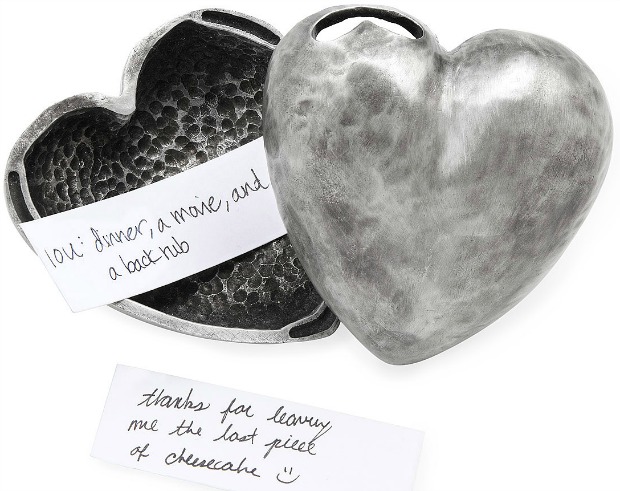
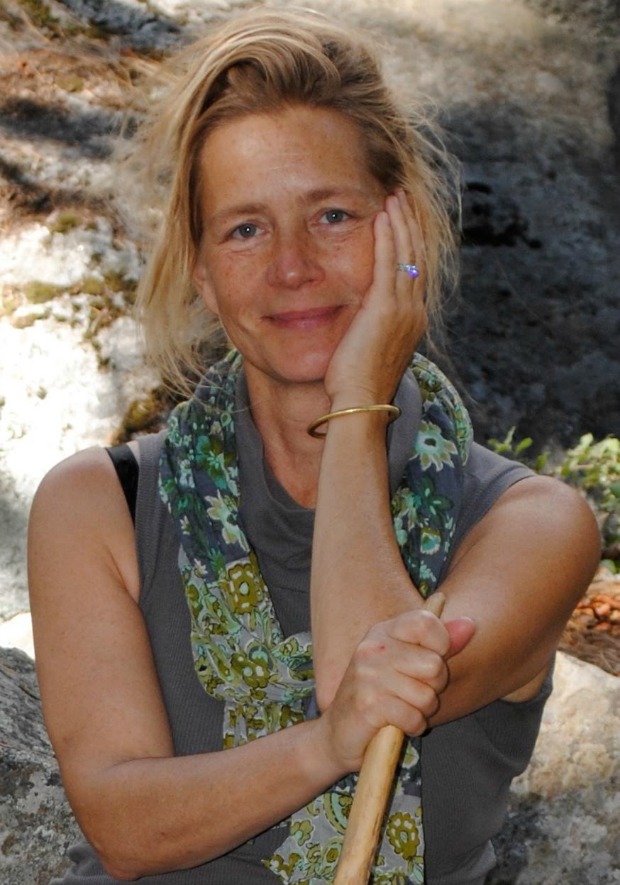
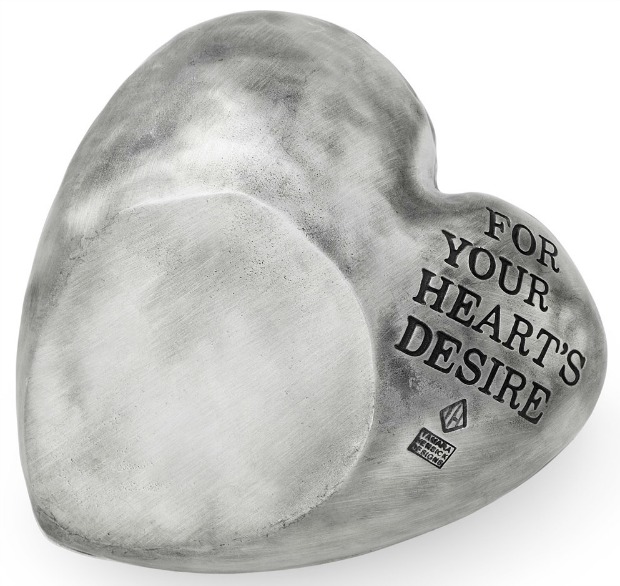
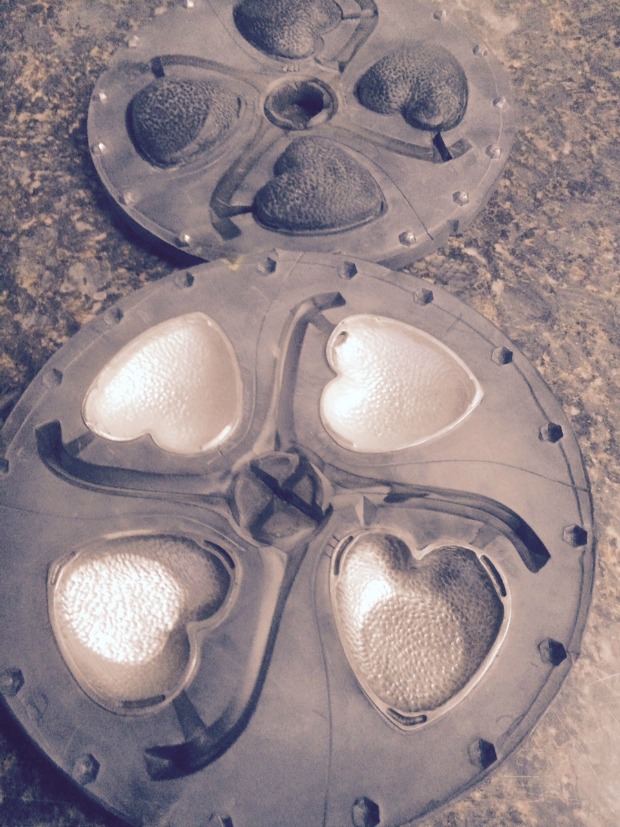
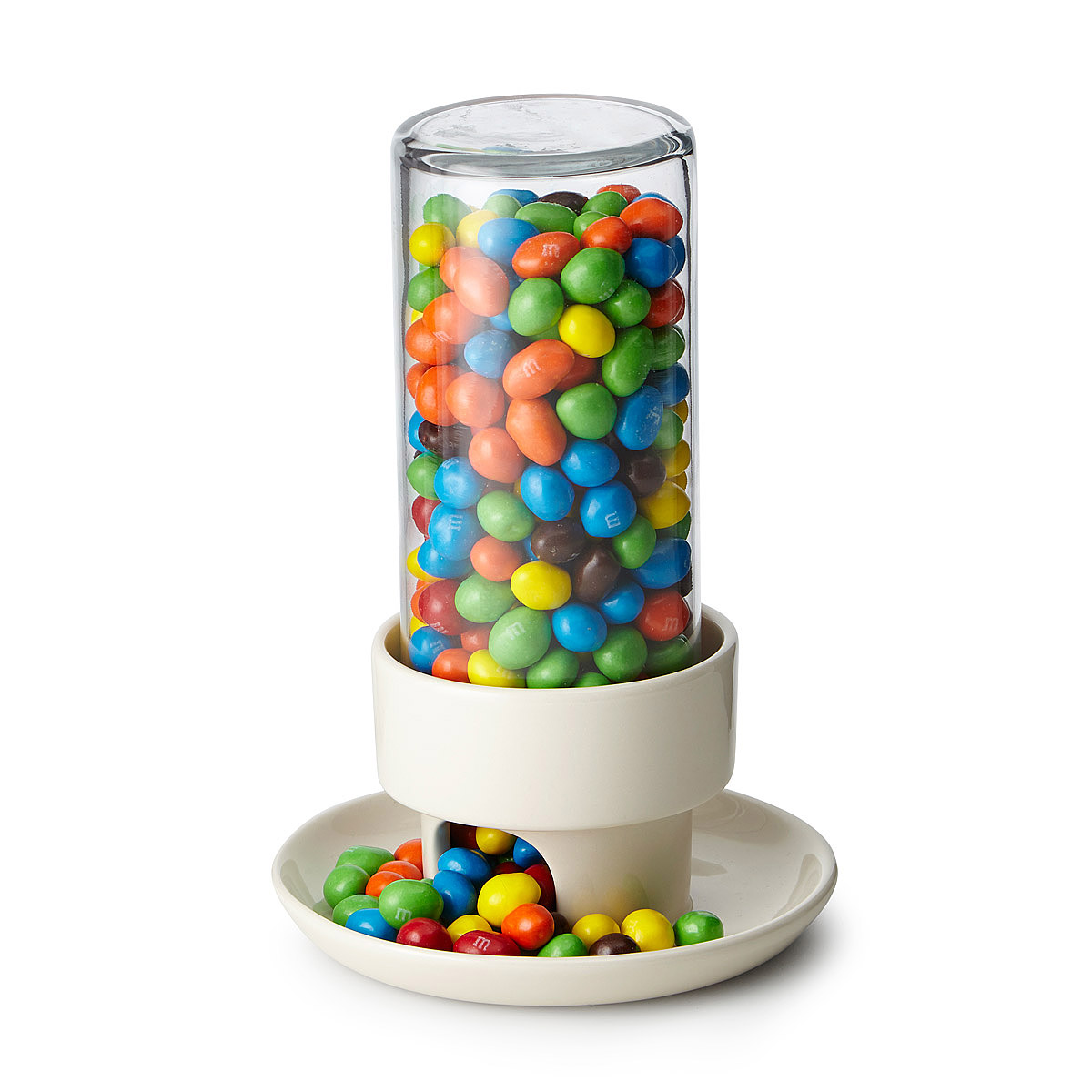
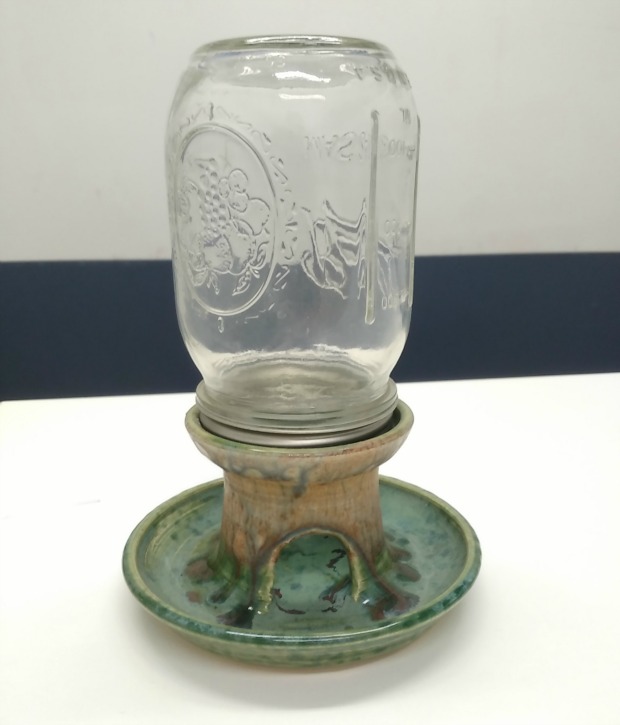 We sought to re-imagine Francine’s design by incorporating sleek and clean lines and components, and providing enough capacity for even the most ravenous snackers. In doing so we needed to identify the attributes important in making the original design functional and effective. As
We sought to re-imagine Francine’s design by incorporating sleek and clean lines and components, and providing enough capacity for even the most ravenous snackers. In doing so we needed to identify the attributes important in making the original design functional and effective. As 